The article examines the important role of the United Kingdom and Estonia in NATO’s Enhanced Forward Presence.
This article was submitted by Robert Clark and Christopher Gavin. Robert Clark is a postgraduate defence researcher at King’s College London, and previously served in the British Army. Christopher Galvin is an LLM candidate studying International Law at the University of Nottingham and has served in both the Royal Air Force and the British Army.
This month sees the culmination of Operation Baltic Protector, the UK-led Joint Expeditionary Force (JEF) operating across the Baltic Sea Region (BSR). Beginning in May, this multinational force comprising approximately 2,000 Royal Navy personnel, augmented by a further 1,000 personnel and 17 vessels from allied partners across the region, have conducted various large-scale naval, air and land manoeuvres simulating a complex real-time operating environment.
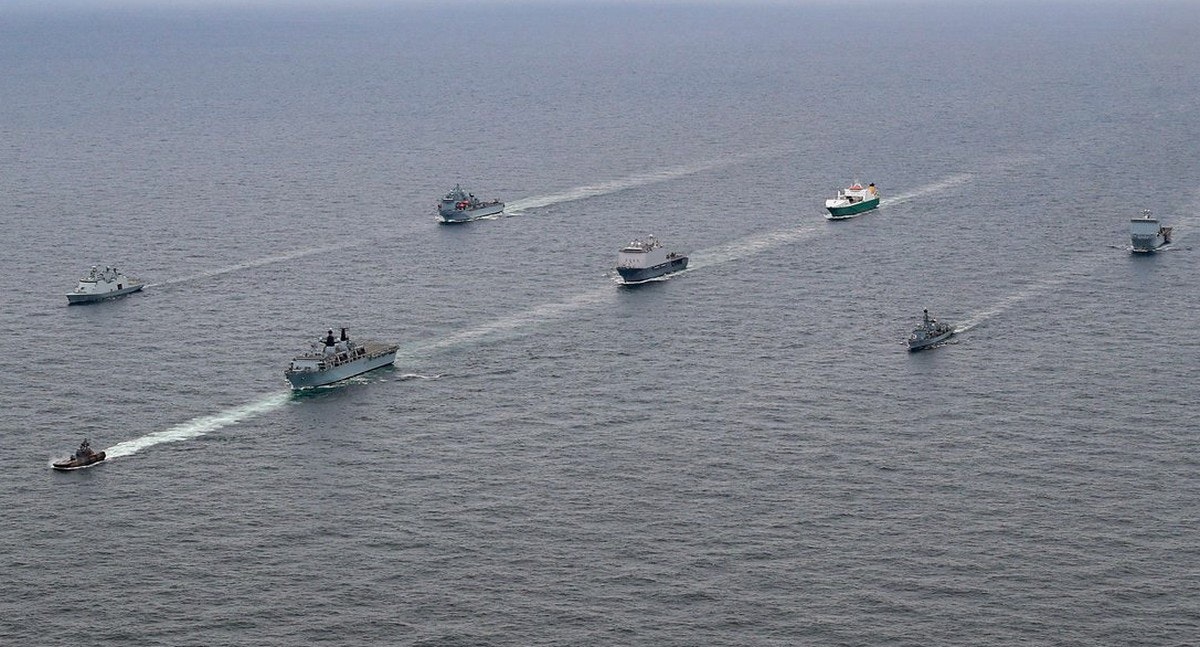
The UK’s defence policy in the BSR is very much underpinned by close cooperation with allied partners and like-minded states with vested geopolitical interests in the region. This is exemplified by the multinational JEF; in addition to the UK, it comprises Lithuania, Denmark, Estonia, Latvia, the Netherlands, Norway, Finland and Sweden. Though not a NATO task force (Finland and Sweden are not member states of NATO), the JEF serves to reinforce NATO’s commitment to the Baltic region, the Enhanced Forward Presence (EFP), which is already a considerable deployment for the UK armed forces.
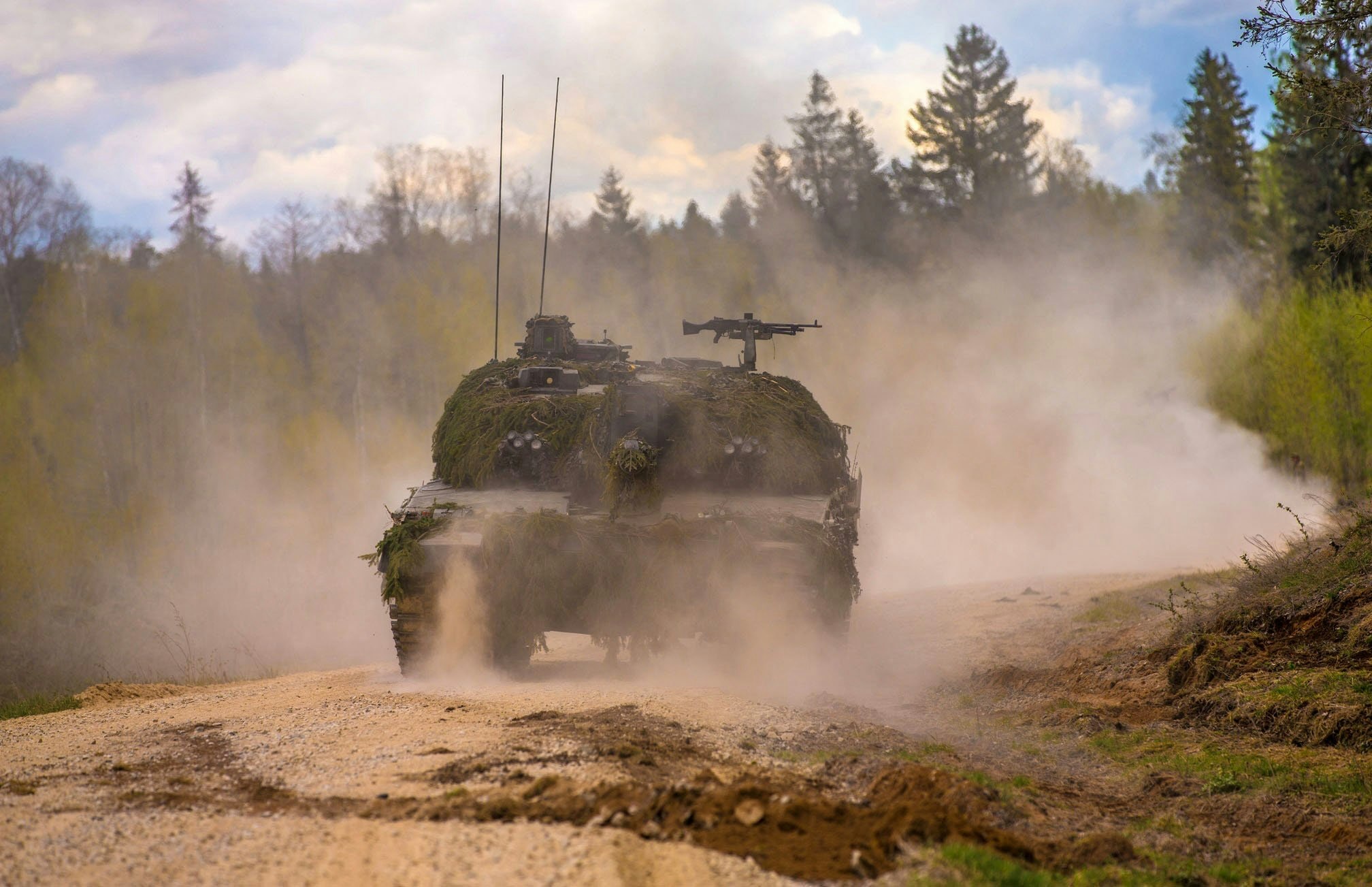
The EFP is NATO’s permanent military presence in eastern Europe. Designed to deter any external intervention, the EFP articulates clearly the true meaning of Article 5, in which the Allies view an attack against one as an attack against all. The EFP is formed of four main battlegroups, located in Latvia, Lithuania, Poland, and the UK-led battlegroup in Estonia. With 940 personnel currently deployed, the UK provides the largest contingent of personnel to the combined EFP body, with the United States (US) following closely behind at 857.
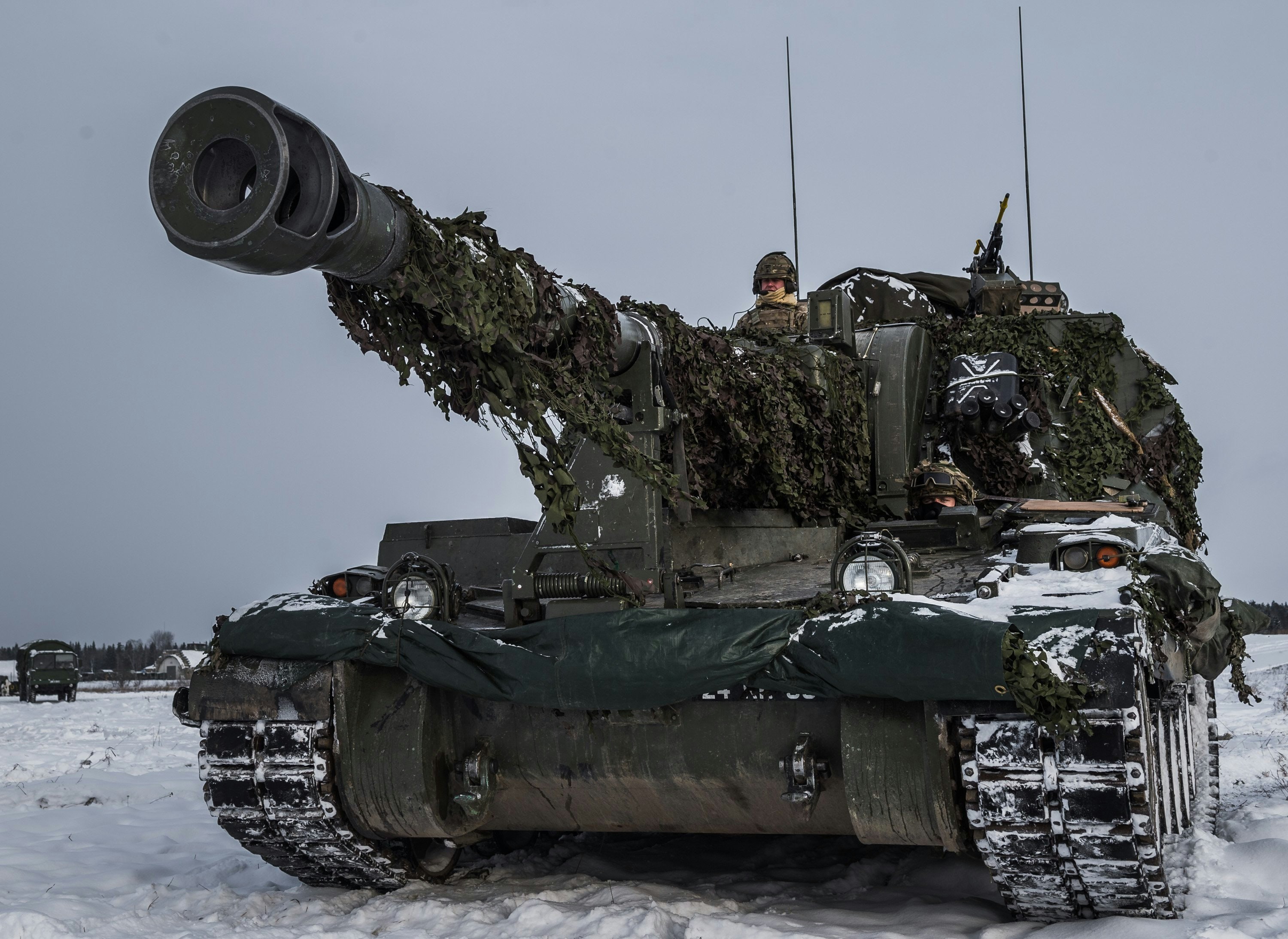
The majority of UK personnel are deployed in Estonia, where they work seamlessly with their NATO Allies. Equipped with main battle tanks, mechanized infantry and air defence assets, this UK-led battlegroup is essential to discourage the persistent threat from the east. Its importance is compounded when one considers that around 25% of the Estonian population is of ethnic Russian descent. Due to this, Russia is provided with the means to manipulate (an albeit illegitimate) justification for intervention, similar to that witnessed in the 2014 illegal annexation of the Crimea; although in Estonia, with a far less sympathetic population.
Whilst EFP-Estonia seeks to ensure territorial integrity of the small Baltic state against a revisionist Russia, upholding the Treaty of Tartu which proclaimed Estonian independence, Estonia itself contributes significantly to its own defence and security. As a country still embracing military conscription as part of a wider ‘all of society defence’, Estonia is one of only seven member states to this year hit the 2% target of GDP on defence spending, Estonia has a defence budget reflective of 2.13% of its GDP, and is anticipating to spend approximately 40% on acquisitions over the coming year which, if achieved, would place Estonia as NATOs third largest defence acquisition member state per proportion of its defence budget.
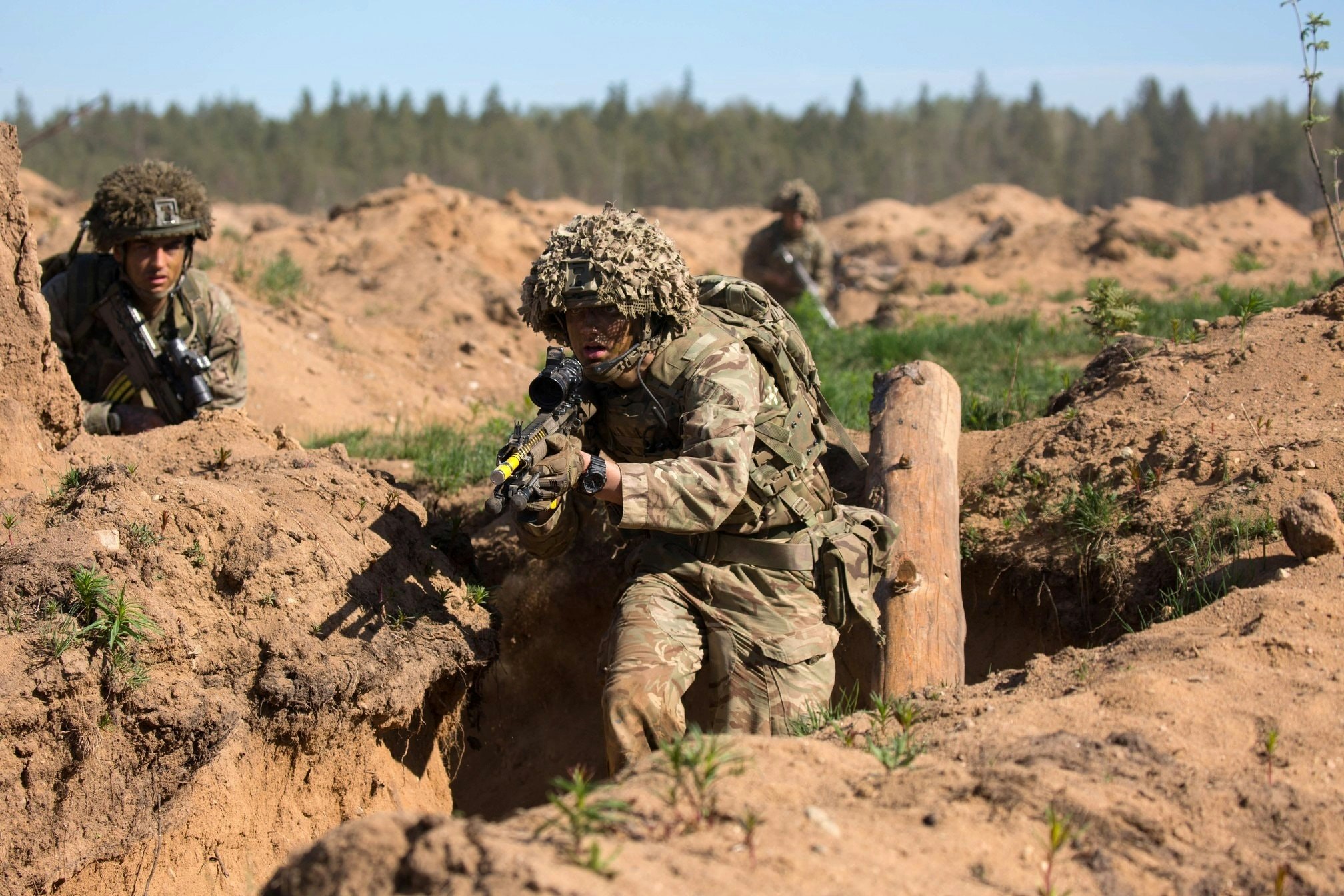
Recently, the Estonian Ambassador to the US Jonatan Vseviov announced significantly large levels of defence equipment modernisation for the Estonian armed forces. This includes 16,000 new rifles from Lewis Machine Tools Company in the US, similar to the ones used by UK and New Zealand Special Operations Forces, replacing older Soviet models. In addition, Estonia has purchased 155mm howitzers from South Korean company Hanwha, and agreed to buy a short-range air defence system from the French MBDA Missile Systems for $59 million. The Army has also upgraded its dismounted anti-armour capability by purchasing the highly effective US-made Javelin anti-armour missile, and earlier this year the country received the final batch of 44 Swedish-made CV-90 infantry carriers from The Netherlands, giving the Estonian army one of the world’s most sought-after armoured troop carriers.

It is for these reasons that Estonia is considered a country which takes seriously its responsibility and duty as a NATO member. Not only does Estonia exceed the required 2% of GDP spending on defence, but it provides a great deal more which strengthens NATO’s capability as a whole, making it far more a contributing state than a receiving one. Due to the impressive construct of its national defence infrastructure, Estonia has been able to furnish NATO forces with well-placed runways from which to launch air-policing missions, something essential to maintain air supremacy across not only the Baltic region, but eastern Europe more generally.

Marking NATO’s 70th anniversary this year, the organisation’s annual summit is taking place in London this December, offering a prudent time for reflection. Proving the most successful military alliance the world has ever known, with 52% of global defence spending guaranteeing the continued security of nearly 1 billion people, there is much work still needed to safeguard the alliance in an increasingly unpredictable international environment, characterised by revisionist powers seeking to challenge the global rules-based order; something NATO has been instrumental in upholding these last 70 years.
One such pertinent issue is the case for NATO member states to meet the agreed 2% target of GDP for defence. At present, only seven states meet this requirement, including Estonia. Indeed, with the new 2020 Estonian defence plan due to be released next year, it is anticipated that details will begin to emerge before the NATO summit this winter, including announcements of increased acquisition. As a model example of a how a small nation with a big heart can become a net contributor, not a net receiver, NATO states have no further to look than the tiny Baltic state which punches above its weight in the continued defence of Europe.


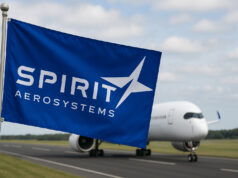
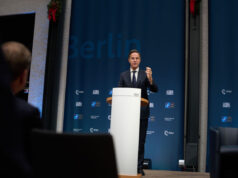
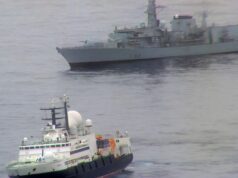
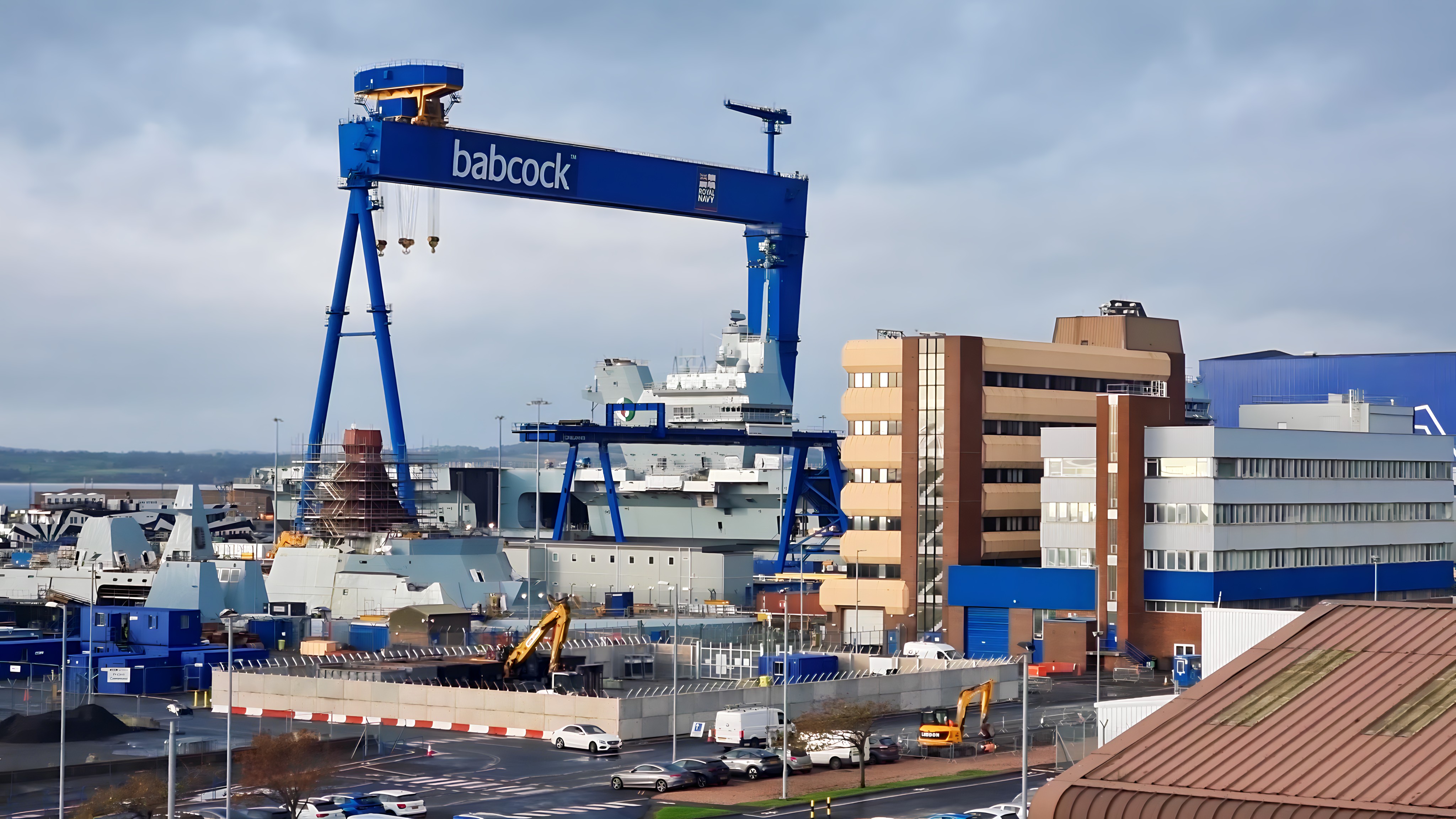
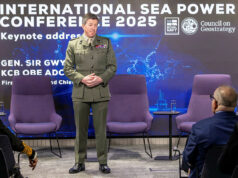
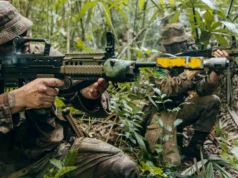

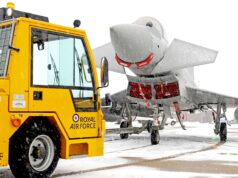
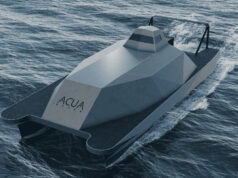
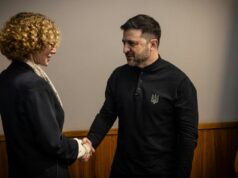

It would be nice if we had more As90s and stop cutting their numbers!, or even develop a new self propelled artillery system like the South Koreans for eg! I can’t understand why we don’t build and export more heavy millitary equipment! We can do it, we did do it!, not enough money in it? Multinationals buying our builders then shutting them down? I just don’t get it!
Here Here!!!
It would be good if the baltic powers could come together to purchase a joint fighter fleet with financial support from other members . So as to protect their own skys, and would investable lead to one less criticism from Russia.
Yes, a shared squadron and a OCU between all the Baltic States.
Indeed or perhaps just an operational squadron. With the training being done with partner nations. Especially if they purchase a common aircraft type such as grippen, since they could train along side Swedish or Hungarian pilots.
But Estonia only spends around $600 Million USD per year on defence.
This sort of story makes me think about how disjointed european defence planning is. I know the ‘euro army’ idea makes people scared and will almost certainly never happen. But wouldnt it make so much more sense if countries biased their defence so that the whole of european defence made sense instead of each country? land locked european countries and those near the russian border can do large scale land warfare. Countries facing the sea and can do naval forces/ maritime assault etc. Everyone chips in with airpower focussed on their location and some light/ special forces etc.
We’d build up the RN but maybe step away from armoured warfare on land. Others would cover that for us. It would be much more effecient in the long run as each nation focussed on one area instead of trying to do everything.
Never gonna happen though, just another round of wishful thinking/ armchair generalling…
IKN wrote:
“This sort of story makes me think about how disjointed european defence planning is. “
It could get worse seeing as how the German Defence Minister Ursula von der Leyen looks set to get the EUs top job.
Couldnt agree more. Likewise investment in R&Ð
European militarys have more to deal with then just Russia. Take France in Mali and us with the Falklands and Gibraltar. Thats why it would never work because, each nation has its own prioritise some of which even conflict with others. Besides even when just thinking about Russia member states all have their own agenda.
Absolutely spot on this article. Too a short break to Estonia a couple of years back and couldn’t believe the attitude of Estonians towards their own protection. Our tour guides partner had even interrupted his university studies to do his national service. They are proud bunch who seem to realise the advantage of being in an organisation such as NATO without the attitude of using it as an excuse to scrimp on their own defence spending. The Estonians especially appear to be well trained and have a vision for what they want to offer. I have no issue with them relying on the Baltic air defence rotations from NATO nations as they are beefing up other capabilities. Appreciate this tis is the view of my experience in one country however my limited knowledge of Latvia and Lithuanian defence seems to suggest they are also taking their responsibilities seriously.
When I visited Estonia a few years back I had a slightly different experience. The Estonians were very outspoken by the Russians almost everywhere I went. The Russians were loud, boisterous and confident. By comparison, the Estonians I met were shy, reserved and concerned about their defences in general. They almost had a beaten attitude
Their concerns were that their defences were primarily focused on the eastern boarder and if Russia were to invade, they’d go straight through Latvia, then head north, right through Estonia’s relatively undefended southern border.
This is only what I experienced first hand by a bunch of Estonians in their twenties, so hardly indicative of the general population… But thought I’d share anyway
Cheers
M@
Estonia only spends around $600 million usd on defence.
Just read a very interesting piece: RN has test fired a ship mounted Martlet missile system from HMS Sutherland, a bolt on for the DS30M Mark II cannon.
Interesting given the current situation. Also, RFA Wave Knight is transiting to the Gulf and will be followed by HMS Kent – planned deployments, but I bet they’ll annoy some…
I just watched the video on Save the Royal Navy. It will be very impressive, especially with Wildcat armed with them and Sea Venom. I wonder if the RN is developing Sea Ceptor to attack small craft also?
Question is how soon can we deploy it and on how many vessels? Another 12 months of ‘evaluation’ no doubt. We need it now to send Iran another message; back off in International waters or face the consequences.
https://www.zerohedge.com/news/2019-07-16/uk-sends-3rd-warship-gulf-irans-khamenei-vows-answer-british-piracy
Cheers
Reckon they could uparm the DS30Ms on HMS Queen Elizabeth to give her some air and surface defence?